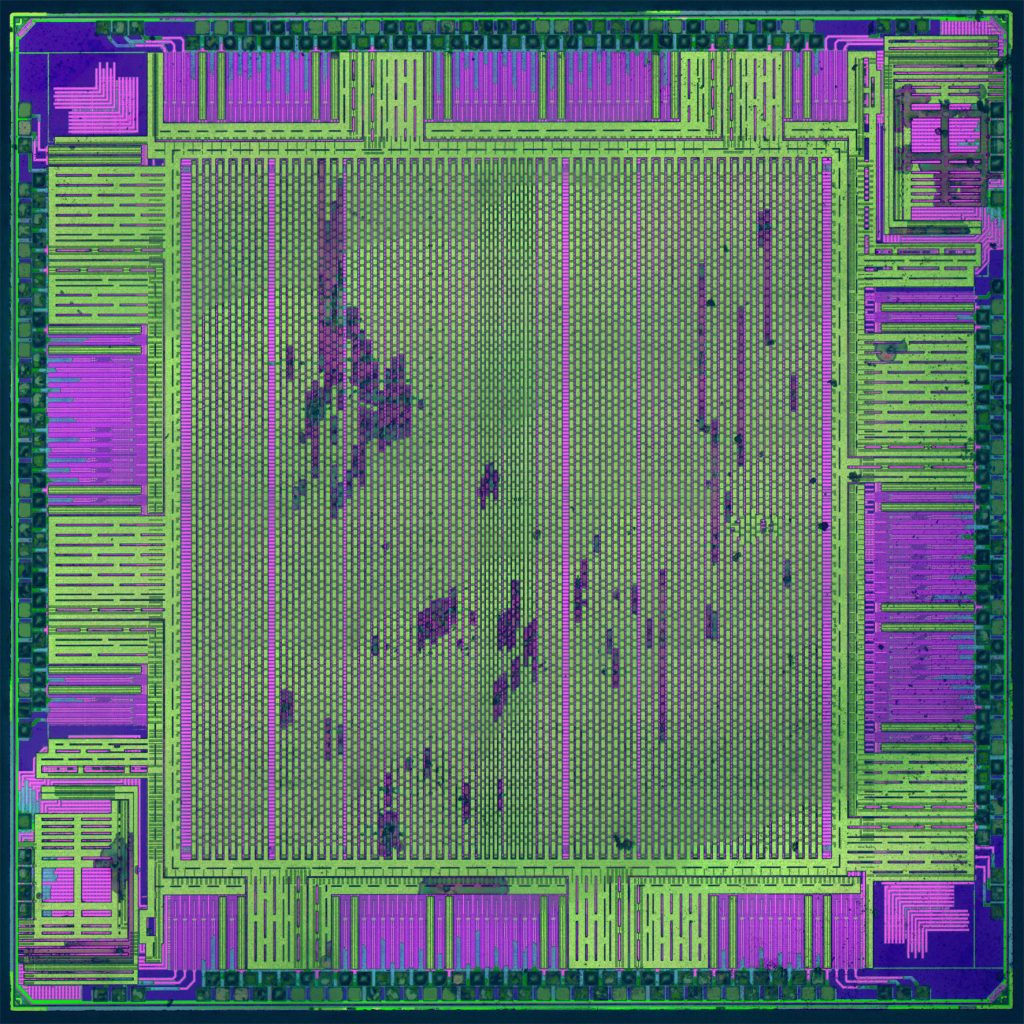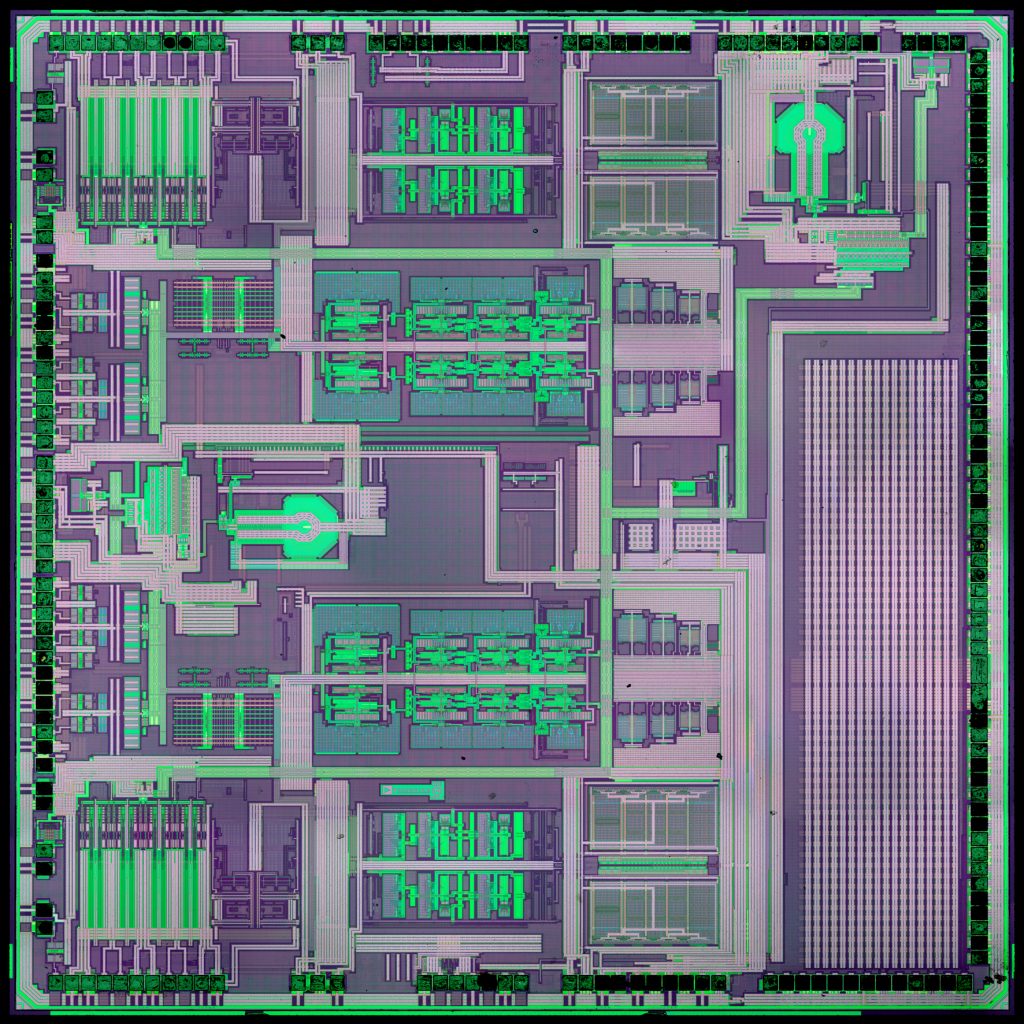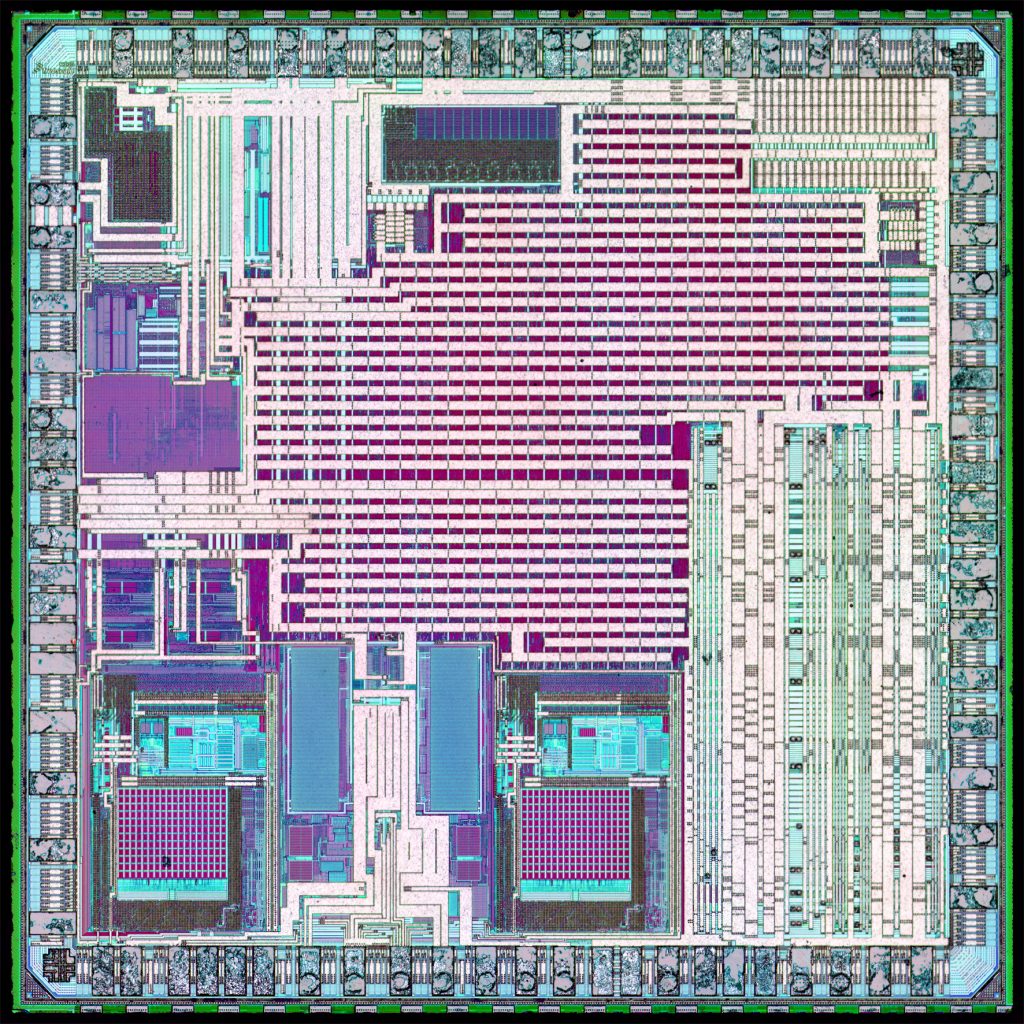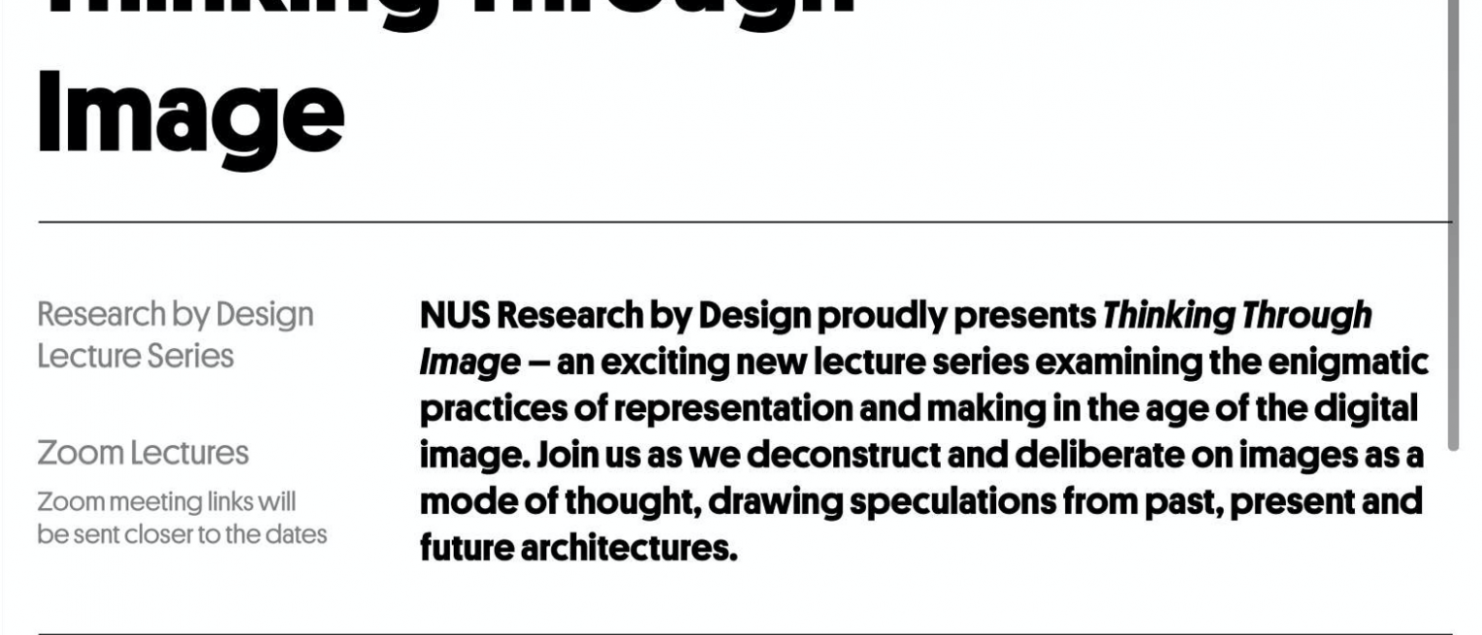Conceptual Models of Space-Time
Federico Ruberto presents a three parts lecture series at “Research by Design – Thinking Through Image”, organised by NUS DOA – National University of Singapore, Department of Architecture.
Series: “Conceptual Models of Space | Time”
-PART 1__ “Technologies of Space from Classicism to (Post-)Modernity”
-PART 2__“Tectonic Games (of the Digital): Parts/Wholes – Relations”
-PART 3__“Ontology and Design in Virtual | Reality”.
The Series is a tryptic working at different scales to expose a delicate knot: in what sense technology predefines the “model” —epistemological, aesthetic, ontological— in which we happen to be situated and designing? The three lectures march through a speculative history of abstraction/re-presentation uncovering “the intrinsic model” and its transmutation —or in other words, how the meta-historical, collective conceptualisation of “space | time” has morphed altering our cognitive capacities of modelling the “world”, of projecting novel world-views into the future, thus altering the very sense we give to the word “world”.
-PART 1__
The first part begins from the Classics’ spatial quandaries, focusing on diverse processes/devices of abstraction and briefly peeking at geometrical-logical developments, it ends reaching Postmodernism’s attempts at deconstructing space-language. Selected historical thresholds at which thought radically transformed are outlined in order to expose how alternative visions of space emerged mutating the very sense of reality, opening art-design to novel forms of experimentation.

Image courtesy of www.zeptobars.com
-PART 2__
The second part starts right after Postmodernity. It wanders at the foundation of computational thinking, asking and trying to respond to a seemingly simple question: what is “continuous” and what is “discrete”? It looks at “architecture” qua processes of formation and patterns emerging iteratively and stochastically via the construction “games”. It turns around the “digital” paradigm, focusing mostly on the last 30 years of history, it looks at different concepts/scales of “nature”. Notions such as “emergence”, “control” and “contingency” are examined. Examples of analog and digital projects either leaning towards discrete, mereological solutions, or continuously differentiating, smooth surfaces are shown.

-PART 3__
The third more philosophical investigation depart from a wide question: what is “real”? What constitutes collective reality in a contemporaneity modelled by generative algorithms, in which our epistemological framework is constantly processed/formatted by machine learning models? What is to design experiences and spaces in such contemporaneity, one in which the “subject” —the subject of design and the subject that designs— is a spectral presence caught by modes of digitalisation, or better said, its being is reformatted in real-time, displaced onto hybrid fields, morphed into physical-virtual concretions? The aim underlying the lecture is to reveal the ethical necessity of holding things together by processes of narration and creative story-telling, via an ethical renewal of fiction.

